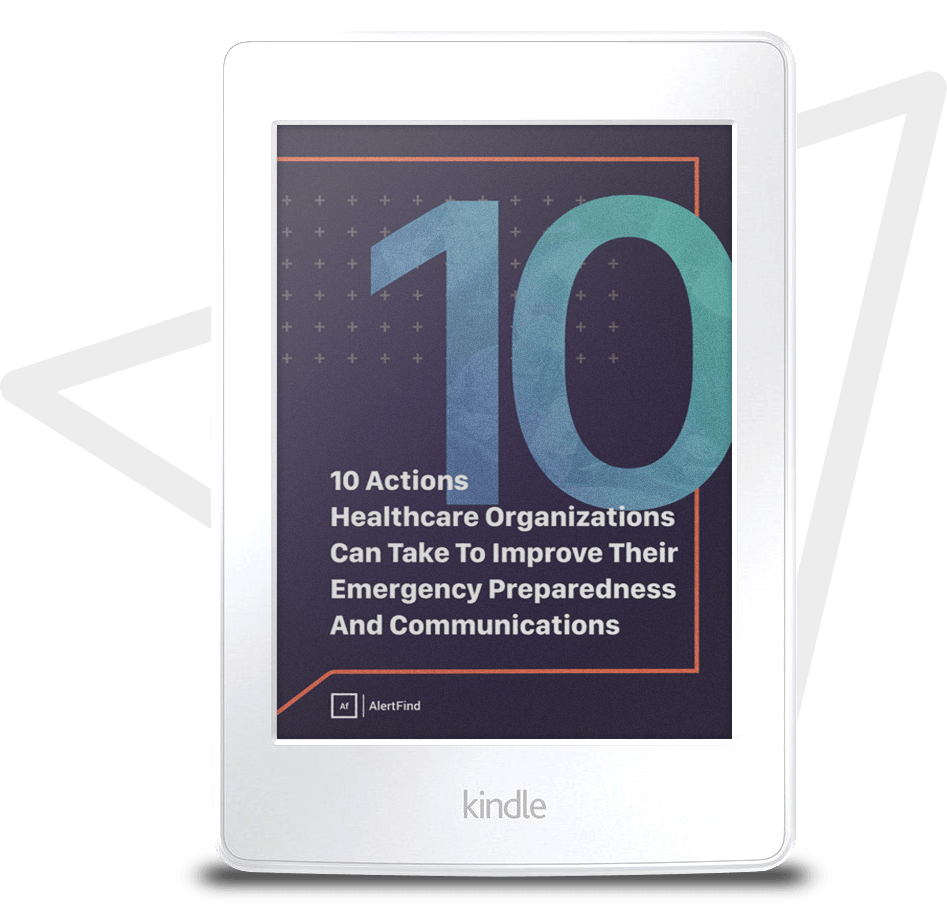E-Book
Healthcare Emergency Communications
This guide helps healthcare organizations understand CMS Emergency Preparedness Rule and offers step-by-step advice on how to best comply.

10 Actions Healthcare Organizations Can Take To Improve Their Emergency Preparedness And Communications
Communication is at the core of emergency preparedness for healthcare organizations, and yet it’s cited as the biggest failure in 80% of all training after-action reports.
It’s critical that your organization implements an emergency preparedness plan that will protect your employees and patients while also complying with the CMS Emergency Preparedness Rule requirements.
Putting together a comprehensive healthcare emergency preparedness plan is easier than ever, thanks to our e-book. This guide helps healthcare organizations understand the new requirements and offers step-by-step advice from Meg Nash, MPH, on how to best comply with the new rule.
Our comprehensive e-book covers:
- The four pillars of the CMS Emergency Preparedness Rule
- Why communications is the most difficult pillar to implement
- Why documentation is the key to entire process
- Which accreditation requirements also count toward CMS emergency preparedness compliance
- The best templates and resources to streamline your planning

You are well on your way toward protecting your staff and organization.
Take the next step toward protecting your organization by learning more about emergency notification systems and the vital role they play in your emergency preparedness plan.